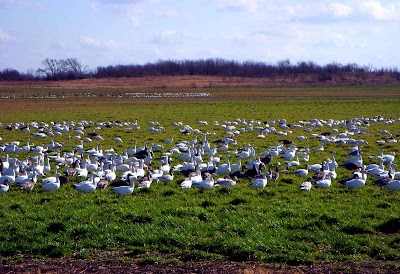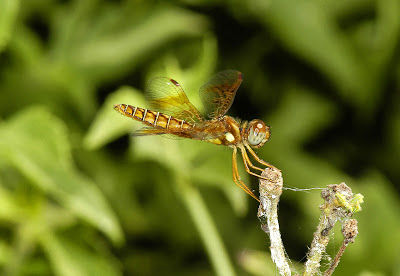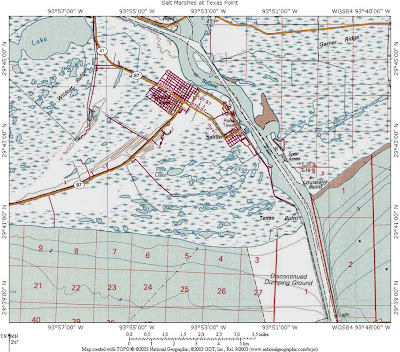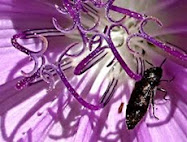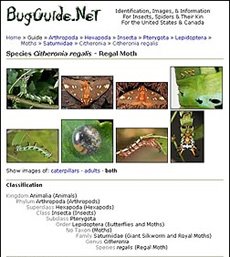My World Texas,
Based in Ft. Worth, Texas
Today in Texas
End of the Season for Color
(Click on the photo for a full page view)
Caddo Lake in the Fall

Cypress Trees (Scanned slide)
The hardest part for photographing this shot, was waiting for the bass to quit jumping. It was probably a good day for fishermen but it was sure hard for still reflections. There was no sunlight, as the Sun was still hidden in the mist over the lake.
Caddo Lake (French: Lac Caddo) is a 25,400 acre (103 km²) lake and wetland located on the border between Texas and Louisiana, in northern Harrison County and southern Marion County in Texas and western Caddo Parish in Louisiana. The lake is named after the Southeastern culture of Native Americans called Caddo or Caddoans, who lived in the area from the 16th century until their expulsion in the 19th century. It is an Internationally protected wetland under the RAMSAR treaty and is the largest natural fresh water lake in the South, and the largest Cypress forest in the world. It used to be Texas' only natural lake until it was artificially dammed in the 1900s.
According to Caddo legend, the lake was formed by the 1811 New Madrid Earthquake. There may be some truth to the legend, as Reelfoot Lake in Tennessee was formed by that earthquake, but most geologists now feel that Caddo Lake was formed gradually rather than catastrophically. The lake was formed, either gradually or catastrophically, by the "Great Raft," a 100 mile (160 km) log jam on the Red River in Louisiana.
Since 1965 Texas' Caddo Lake has had hundreds of Bigfoot 'sightings' according to the Texas Big Foot Research Center (TBRC) as told on the Travel Channel 2006 Documentary "Bigfoot."
Leave a comment.
Thanks.
Troy and Martha
.



